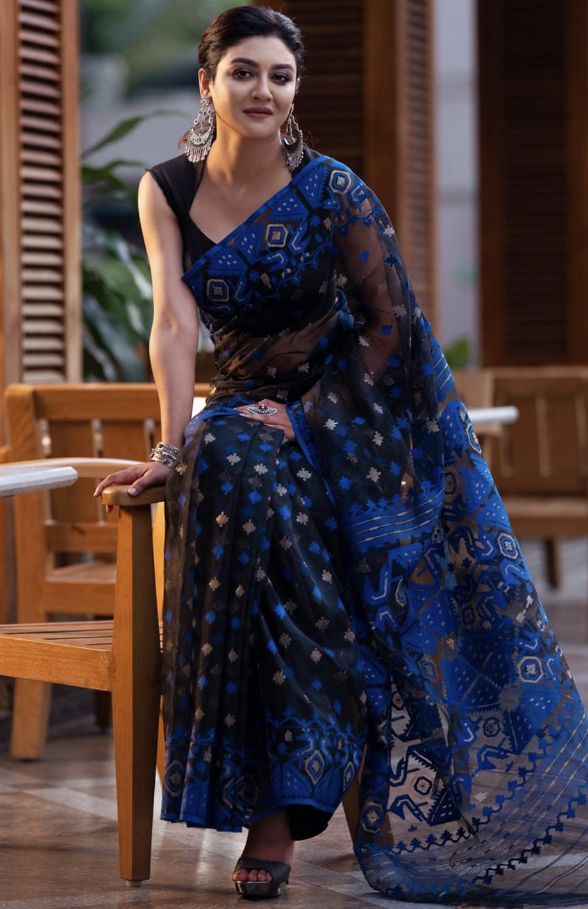India, a land of vibrant colors and intricate artistry, boasts a rich tapestry of textiles that have captivated the world for centuries. From the opulent Banarasi silks to the delicate Jamdani muslins, each fabric tells a unique story of Indian craftsmanship and cultural heritage.
1. Banarasi Silk: A Tapestry of Gold and Silver
- Originating from the holy city of Varanasi in Uttar Pradesh, Banarasi silk is synonymous with luxury and elegance.
- Woven with intricate gold and silver threads (Zari), these sarees are a testament to the meticulous artistry of Indian weavers.
- The designs, often inspired by Mughal motifs, feature floral patterns, delicate vines, and intricate geometric shapes.
- The shimmering effect of the Zari, combined with the rich silk fabric, creates a truly mesmerizing spectacle.



2. Ikkat: The Art of Resist Dyeing
- Ikkat, a technique that involves dyeing the yarn before weaving, results in stunning geometric patterns with a unique blurred effect.
- This ancient technique, found in various regions across India, including Andhra Pradesh, Odisha, and Gujarat, requires immense skill and patience.
- The process involves meticulously tying and dyeing sections of the yarn to create intricate patterns.
- The resulting fabric showcases a mesmerizing interplay of colors and textures, making it a true masterpiece of Indian textile art.



3. Paithani Silk: A Tapestry of Myth and Legend
- Hailing from Paithan in Maharashtra, Paithani silk is renowned for its vibrant colors and intricate designs.
- Often inspired by mythological tales and folklore, these sarees feature motifs like peacocks, lotuses, and elephants, woven with meticulous precision.
- The use of rich colors like gold, red, green, and blue, combined with the lustrous silk fabric, creates a regal and opulent look.
- Paithani sarees are often considered heirloom pieces, passed down from generation to generation.



4. Patola Silk: The Queen of Silks
- Patola silk, produced in Patan, Gujarat, is often referred to as the “Queen of Silks” due to its exceptional craftsmanship and rarity.
- This double ikat technique, where both the warp and weft yarns are dyed before weaving, demands immense skill and patience.
- The resulting fabric showcases intricate geometric patterns and a mesmerizing play of colors.
- Patola sarees are highly prized and often worn by royalty and dignitaries.



5. Jamdani: The Poetry of Muslin
- Jamdani, a delicate muslin fabric, is renowned for its intricate woven designs.
- Originating in Dhaka, Bangladesh, this technique involves weaving intricate floral and geometric patterns onto the fabric using supplementary weft yarns.
- The resulting fabric is lightweight, airy, and incredibly soft to the touch.
- Jamdani sarees are often worn on special occasions and are admired for their elegance and sophistication.



Conclusion
- The rich tapestry of Indian textiles is a testament to the country’s artistic heritage and the ingenuity of its weavers.
- From the opulent Banarasi silks to the delicate Jamdani muslins, each fabric tells a unique story of Indian culture and tradition.
- These exquisite textiles not only adorn individuals but also represent the soul of India, showcasing the timeless beauty and artistry that has captivated the world for centuries.


0 Comments